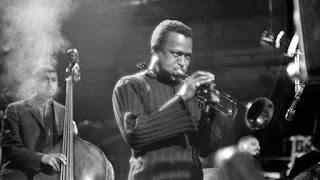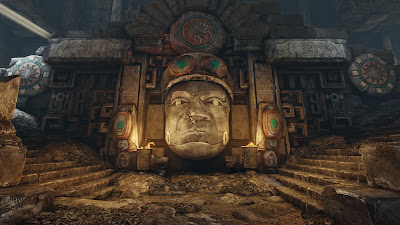Myth of the Weak Dragon

Busting Myths, Slaying Dragons This one's going to be a bit long. For those of you who like the short version of things, I'll drop the conclusion up front. Dragons are deadlier than you think. Use the 1st Ed stats. Anything else is too powerful. The response I always get is some high level character, about 10th or so, decked out, buffed, and otherwise optimized to specifically fight the dragon. The unspoken assumptions that go along with this is that a 10th level character is somehow a reasonable, middling level character, not on the highest ends of the spectrum, so it surely shouldn't be able to whack the monster the game was named after. Now I strongly feel that any one of those assumptions can be attacked as dubious. But I'm not really going to get into any of that here. I generally prefer to zero in on things that don't get talked about rather than talk about things that have been done to death. I - Aerial Combat I have no idea where to find the ...



